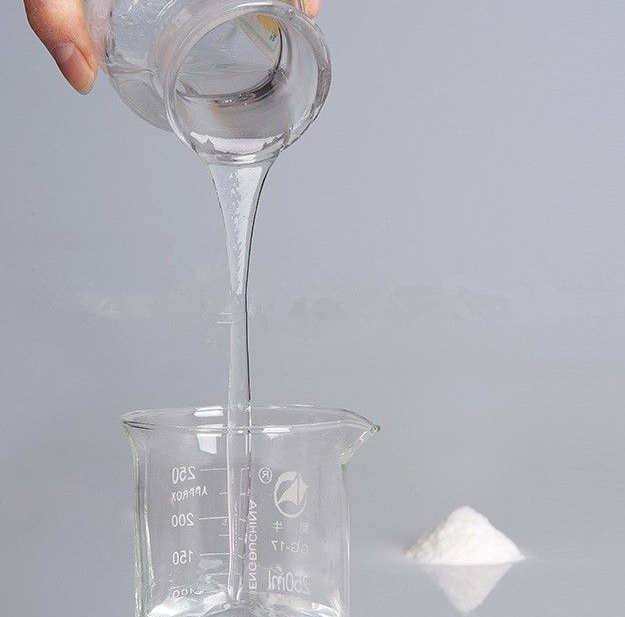The gelation temperature of Hydroxypropyl Methylcellulose (HPMC) refers to the temperature at which the polymer solution undergoes a phase transition, changing from a liquid or semi-liquid state to a gel-like state. This transition is influenced by various factors, including the concentration of HPMC, the degree of substitution, and the specific grade or type of HPMC.
HPMC is known for its ability to form thermally reversible gels, meaning the gel structure is stable at lower temperatures but can revert to a solution upon heating. The gelation temperature is crucial in various applications, such as in the pharmaceutical, food, and construction industries.
The gelation temperature can vary significantly depending on the specific grade of HPMC and the formulation conditions. Generally, HPMC solutions start to gel at temperatures above a critical gelation temperature. This critical temperature can be affected by factors such as polymer concentration, pH of the solution, and the presence of other additives.
For specific applications, it’s common to perform a gelation temperature test to determine the optimal conditions for gel formation. This involves gradually heating a HPMC solution while monitoring its rheological properties (viscosity and gel strength) until gelation occurs.
If you have a specific HPMC product or grade in mind, it is recommended to consult the technical data sheet provided by the manufacturer. The data sheet typically includes information on the gelation temperature range for that particular HPMC grade under standard conditions. If not available, reaching out to the manufacturer or supplier for this information would be beneficial.
Keep in mind that the gelation temperature may also be influenced by the presence of other ingredients in a formulation, so it’s essential to consider the complete composition of the system when determining gelation characteristics.


